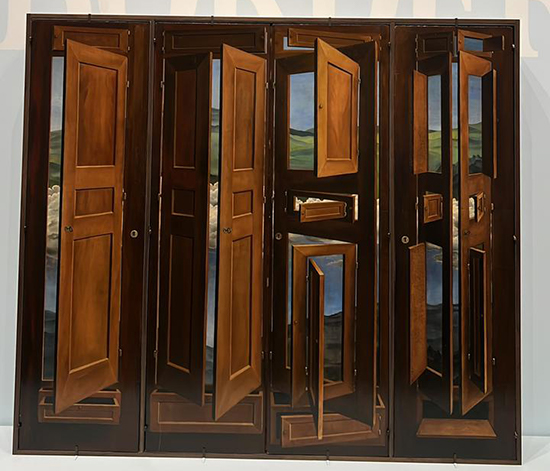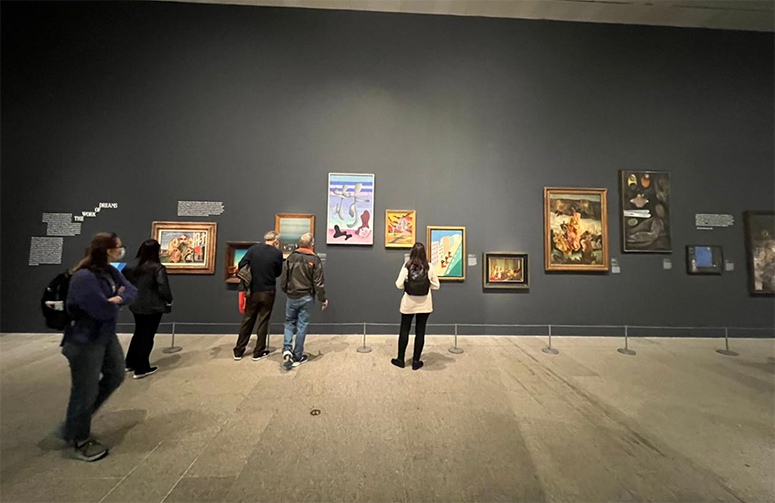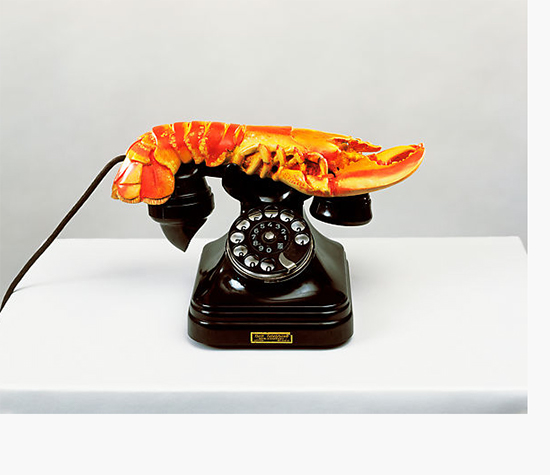From The Paulino & Hetty Que Collection to The Met:
HR Ocampo makes a surreal splash
To add to the current mind-bending situation of pre-election Philippines, the Filipino artist Hernando R. Ocampo is among the featured artists at the landmark exhibition “Surrealism: Beyond Borders” at The Metropolitan Museum of Art in New York City.
The show spans 80 years of this unsettling artistic movement across 45 countries. There are works from Japan to Vanatu, France to the Netherlands, Cuba, Mexico, even Syria. It’s attracting record-breaking crowds.
There had been pre-pandemic rumors in Manila’s art circuit of the inclusion of a work by a Filipino artist from the collection of prescient power-couple Paulino and Hetty Que. Now, those speculations have come to exciting fruition. (The Met exhibit runs till Jan. 30, 2022, whereupon it moves to The Tate in London, according to Mrs. Hetty Que.)
Mrs. Que, in fact, noted, “People from both The Met and the Tate visited our collection on different occasions sometime in 2016 and 2017.” The momentous project was therefore five years in the making.

The featured work is the simply spectacular HR Ocampo creation titled “Glooming” (1939), an oil on canvas board.
The Met’s notes describe HR as follows: “A self-taught painter and writer, the artist was a member of the Thirteen Moderns, a revolutionary circle of Filipino artists formed before the war. Ocampo merged his interest in Surrealism with overt religious imagery as a way to explore the anxious environment produced by the shifting colonial influence of the US in the Philippines and the trauma of World War II.
“Catholic imagery had been used as a medium for conversion in the Philippines under 16th-century Spanish colonial rule. While virulently rejected by Paris Surrealists, Catholicism was taken up in Manila as a tool for political resistance.”
It is included in a section called “The Work of Dreams,” which highlights Surrealism “as a form of interrogation that has questioned — and sometimes attempted to overthrow — the stronghold of consciousness and control.”

In the work “Glooming,” a pale two-faced woman is submerged in a yellow tide, a prison camp with barbed wired looms behind her against a noxious sky in blood and gold. Casting a long shadow is a crucifix. A disembodied hand and arm floats nearby.
The project directors, Dr. Stephanie D’Alessandro and Dr. Matthew Gale, wrote the Ques that “‘Glooming’ is an especially rich example of HR Ocampo’s expression of dream-like imagery and testifies to Ocampo’s pioneering engagement with Surrealism while participating in the exhibitions of the Philippine Art Gallery.
Though Ocampo’s socially engaged practice and his written and visual lexicon would take many directions in coming decades, ‘Glooming’ testifies to his engagement with Surrealism in the Philippines.

At about the same period, the usual suspects — Magritte, Duchamp, Dali and Pablo Picasso — were also producing surrealistic works. (In the show is “Time Transfixed” from 1938 by Rene Magritte and “Lobster Telephone” from the same year Salvador Dali. Also featured is Jean Arp, with whom HR’s drawings would have some intersections.)

The idea of surrealism — the art movement that jolts notions of reality with dreams and the unconscious — may not have been invented in the Philippines but it is entirely suitable to the Filipino condition.
The thesis of the New York show is that surrealism is not just artistic expression but more keenly a voice for political and social protest.

Hernando R. Ocampo was therefore the perfect choice to represent the Philippines in this exhibition.
Hernando’s father Emilio, notes Ramon N. Villegas in his essay, “The Real HR Ocampo,” had been raised by a jeweler aunt and educated at the Ateneo de Manila; he passed on to his son a love for reading. Hernando’s mother, Delfina, was a daughter of a Vigan-born mestizo veteran of the Spanish army. Delfina played the flute.
It was a genteel upbringing until the family’s reversal of fortune. And so the Ocampos found themselves in Maypajo, a down-at-the-heels little town in Caloocan, whose main claim to fame was a large cabaret. Ocampo would become an urchin offering shoeshine services on the sidewalk to the cabaret’s various customers.
He would drop in and out of school, eventually taking a course in writing with Manuel Arguilla — a connection that would lead him to the worlds of journalism as well as art.
By 1938, Villegas notes, HR was not only a member of an avant-garde group of short-story writers, The Veronicans, but also associate editor of the Herald Mid-Week Magazine. He would be in the thick of regular discussions “on art and literature in general and modernism in particular.” The debate between the Conservatives and the Moderns in Philippine art had already begun, says Villegas.
Villegas continues, “Ocampo and fellow writers like S.P. Lopez, Francisco Arcellana and painters like Manansala and Edades upheld Modernism. Aside from revolutionizing style and technique, they were conscious of the political and social issues of the day and sought to depict reality without the romanticism of tradition.
Ocampo became quite close with Vicente Manansala, Cesar Legaspi, Ramon A. Estella, Victor Oteyza, Romeo V. Tabuena and Arturo R. Luz. They visited each other’s studios, talked about each other’s paintings and learned from each other, thus the similarities in their works of that period.”
The worlds of Paulino and Hetty Que — as well as HR Ocampo — now come full-circle: the couple has earmarked a piece from their personal collection to be auctioned at the León Gallery Kingly Auction on Dec. 4.

All proceeds from the sale will be donated to the Philippines’ own Metropolitan Museum, soon to be reinvented as the “M” and in a new location in the BGC. (A work by HR Ocampo, titled “Mutants-A,” is also a highlight of the auction and Mr. Que has described it as “a highly significant HR because of its strong provenance,” coming from the collection of Frederic Ossorio.)
Looking ahead: if HR Ocampo has opened the door of international art to the Philippines, whom can we expect next to walk right in? The candidates will no doubt be as surreal as our choices for the presidency.



